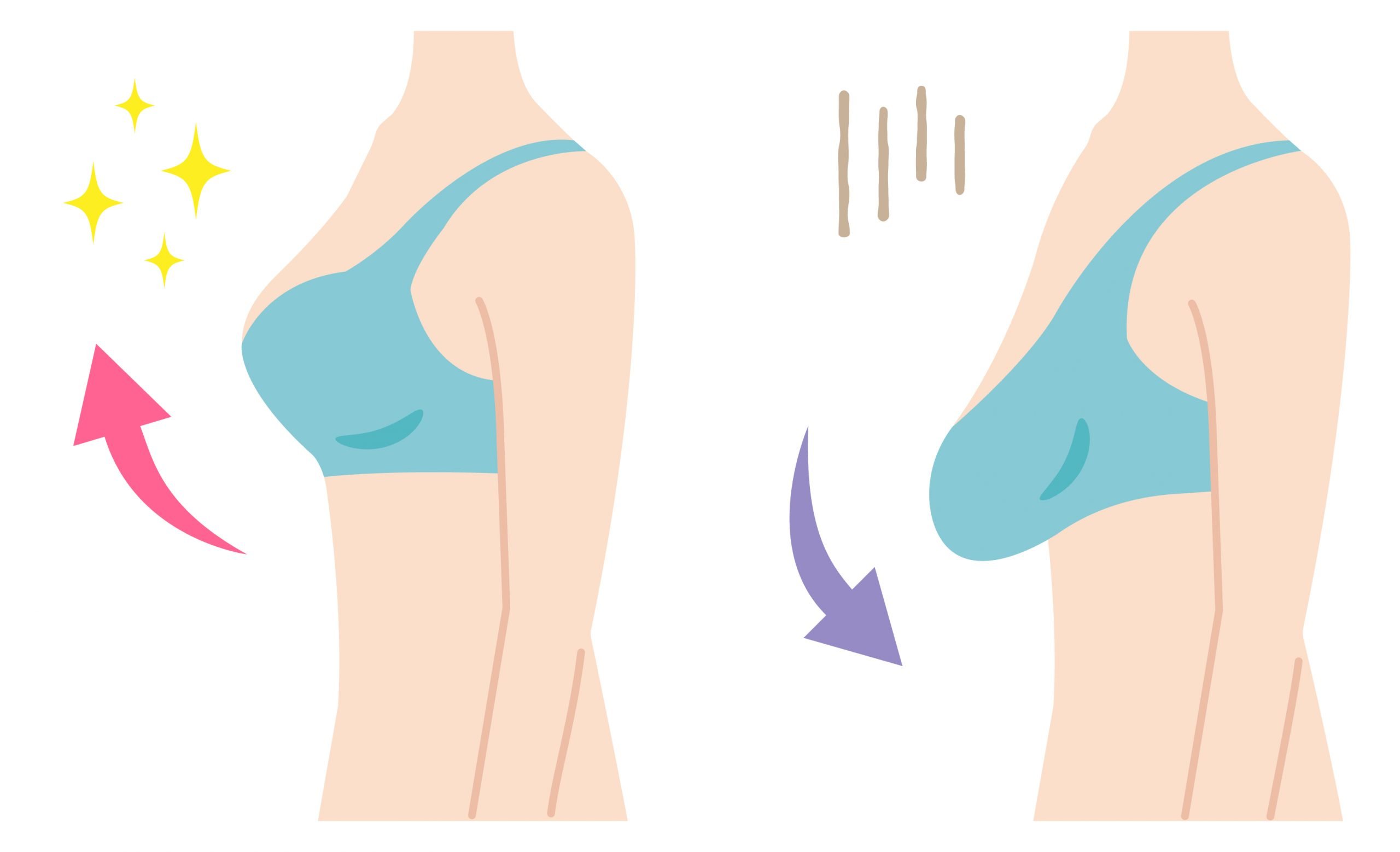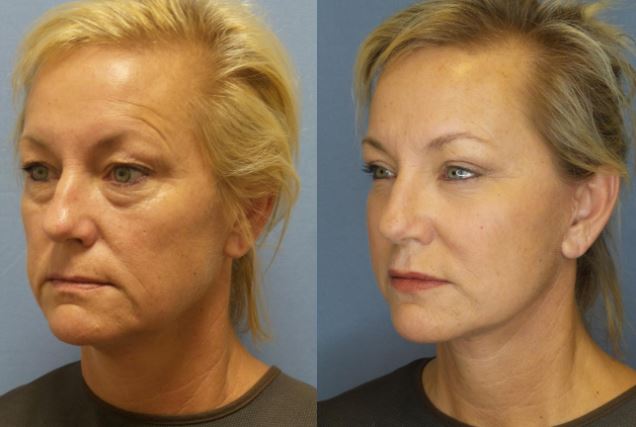
Can you breastfeed following a breast implant? Generally, yes, but there are some considerations. Most women can still breastfeed after breast augmentation surgery, although you should consult your surgeon and lactation consultant for more information. Breast milk has a lot of nutrients that babies need. While some mothers may need to supplement their breastmilk with formula, it is not necessary. After breast augmentation surgery, you may feel apprehensive.
Breast augmentation and fat transfer
You will likely be able to nurse regardless of where the incisions are made during breast augmentation. The incisions are approximately 3 millimeters wide and are located under the nipple in the inframammaryfold. They aren't close to the nipple so they don’t affect the nipple feeling or letdown reflex.
Fat that has been taken from the breast during a previous procedure might act as a permanent or temporary graft. The fat cells in a fat transfer procedure are permanently attached to the breast, but most of them will eventually be absorbed by the body. If the fat cells are not distributed properly, this can lead to uneven results. The fat is also taken out under low pressure to prevent excessive damage to the fat cells.

Breast implants
This concern may be due to the lack of research on the relationship between breast implants, breast feeding and breast implants. The Western culture sees the breast as a sexual organ. Advertising often suggests that formula and breast milk are equal. To determine the psychosocial causes and effects of decreased breast-feeding, more research is needed. However, research shows that there is an important balance between health and social benefits.
However, most breast augmentations are done using the same method of incision. Some surgeons may use different methods. A breast augmentation procedure with fat transfer requires an incision that is about three millimeters. Inframammary fold is where the incisions are usually made. The incision is not required to be placed next to the nipple. It does not interfere with the letdown reflex or sensation.
Incisions around areola
Periareolar incisions are made around the breasts after a breast augmentation. They are located at the outer edge and border of the areola. Because they are so close to the areola, these incisions are ideal for breast lift surgeries with implants. They also stop the surgeon from cutting into the nerves that run through your areola. This can prove problematic if breastfeeding. Plastic surgeons can also make this type of incision if they know how to properly plan it.
Hidden in plain sight are often the incisions around your areola. The transition from darkened skin to lighter skin is gradual. It will take a few weeks for the incision to disappear, but eventually it will fade. Patients will not lose the sensation in their nipples or experience pain after the procedure. Breast augmentation is a similar procedure to recovery.

Attempting to breastfeed after breast augmentation
Breast augmentation may cause breastfeeding difficulties. Breast augmentation does not cause breastfeeding failure. One study by Cruz and Korchin included both women who attempted and did not attempt breastfeeding. The rates of breast-augmentation surgery were comparable at two weeks. The incision type did not matter. However, there was a decrease in exclusive breastfeeding rates for women who had breast-augmentation.
You will be able to breastfeed after breast implant surgery if you choose the right time. While most people recover within a few days, some minor issues and blood vessels may need to heal. Breastfeeding should not be attempted until your body has fully healed from surgery. Women should also allow for several years between breast augmentation surgery and the time they become pregnant. This will allow your body the time it needs to recover from breast augmentation and minimize the possibility of complications in milk supply.